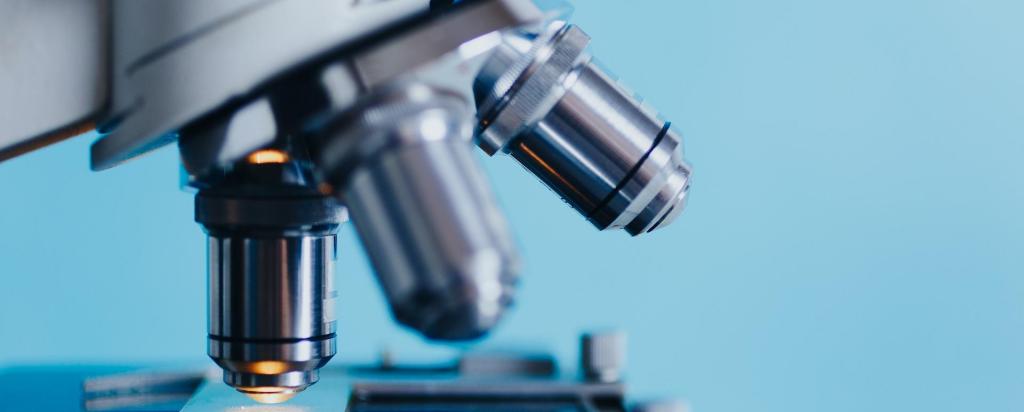
Showing 61 - 80 of 99 results
Star power reached in nuclear fusion
Australian scientists from ANTSO have congratulated their British colleagues for a major advance in their quest to develop practical nuclear fusion.
Monash scientist earns Stephen Wilkins PhD Thesis Medal for innovative brain imaging
Dr Linda Croton, a Research Fellow at Monash University, has been awarded the 2020 ANSTO Australian Synchrotron Stephen Wilkins Thesis medal for her outstanding work using synchrotron-based X-ray for brain imaging.
Historic pewter plate reveals secrets
Technique provides insights into historic maritime artefact linked to early exploration of Australia.
Leading fine particle pollution monitoring reaches 30yr milestone & looks to the future
ANSTO commenced an aerosol sampling program thirty years ago this week to characterise these pollutants and ultimately, identify their sources, which has taken it to the forefront of environmental monitoring of this type in Australia and the region.
New partnership and nuclear techniques to aid cancer research
Elements in the 21st Century
Do you love science? Here is a competition for you that combines chemistry and creativity! Discover the world of elements and create a poster for your favourite element in this new competition for school aged students.
Nanoprobe beamline (NANO) - under construction
The BRIGHT Nanoprobe beamline provides a unique facility capable of spectroscopic and full-field imaging. NANO will undertake high-resolution elemental mapping and ptychographic coherent diffraction imaging. Elemental mapping and XANES studies (after DCM upgrade) will be possible at sub-100 nm resolution, with structural features able to be studied down to 15 nm using ptychography.
Talking nuclear fusion
Dr Richard Garrett featured on an ABC National program that highlighted how far we are from a future with nuclear fusion energy. Image: Jamison Daniel, Oak Ridge Leadership Computing Facility
Bushfire charcoal particles carried an unprecedented distance
Charcoal particles from recent bushfires in NSW were carried 50 kilometres by the wind, which has significance for fire history reconstruction.

Data Analysis
Below lists some useful programs for data reduction, search matching, analysis and structure visualisation of diffraction data.
Tracing the impact of toxic metals
Two ANSTO environmental scientists are part of a large team led by the Australian National University (ANU), who have received an Australian Research Council Discovery Project grant to investigate how environmental change and human activities since industrialisation have impacted the transport and deposition of toxic metals on the south coast of Australia, Tasmania, and remote Southern Ocean islands.
Australian access to overseas synchrotrons
The International Synchrotron Access Program (ISAP) is administered by the Australian Synchrotron and is designed to assist Australian-based synchrotron users to access overseas synchrotron related facilities.
Micro-Computed Tomography beamline (MCT)
With enhanced submicron spatial resolution, speed and contrast, the Micro-Computed Tomography beamline opens a window on the micron-scale 3D structure of a wide range of samples relevant to many areas of science including life sciences, materials engineering, anthropology, palaeontology and geology. MCT will be able to undertake high-speed and high-throughput studies, as well as provide a range of phase-contrast imaging modalities.
ANSTO scientists share thoughts on Oppenheimer film

Services - Koala
Sample environments, Data analysis and reduction on the Koala instrument.
Fine-tuning chemistry for advanced materials
Doping with transition metals produced stability in bismuth oxide.
Cleaning the Sydney Harbour Bridge
Unique opportunity to contribute to the long term conservation of Australia’s most iconic landmark: The Sydney Harbour Bridge.
Investigating the impact of radiation and radioactive contamination on forensic trace evidence
Synchrotron commercial services
The Australian Synchrotron is a source of powerful X-rays and infrared radiation that can be used for a wide range of scientific and technical purposes. Synchrotron X-rays are millions of times brighter than those produced by conventional X-ray machines in laboratories and hospitals.